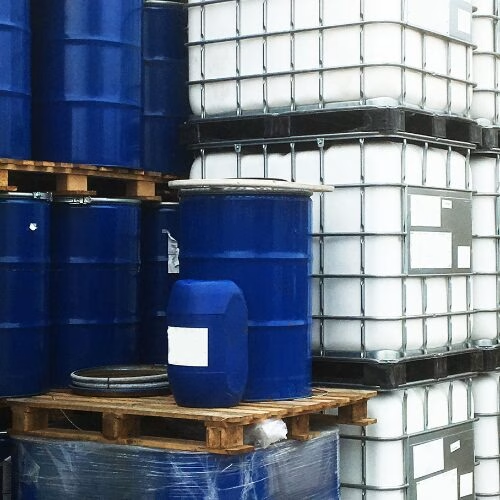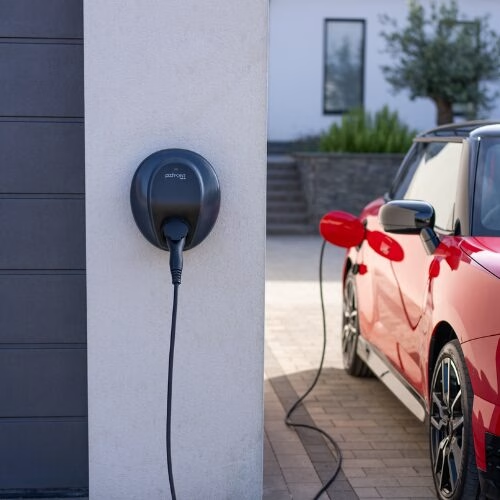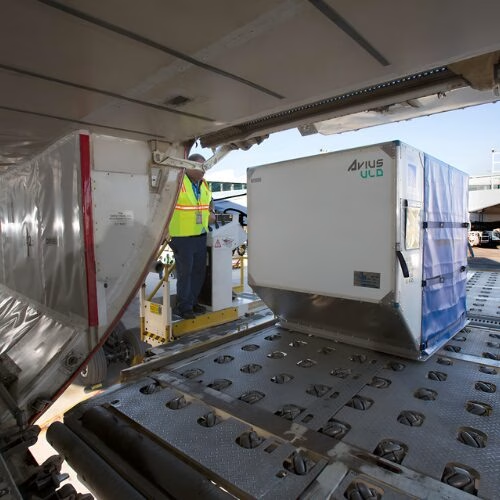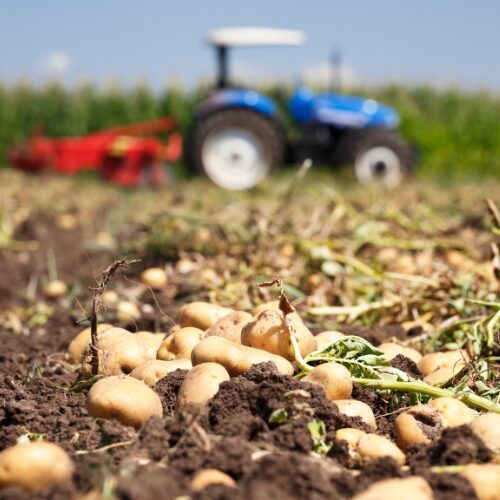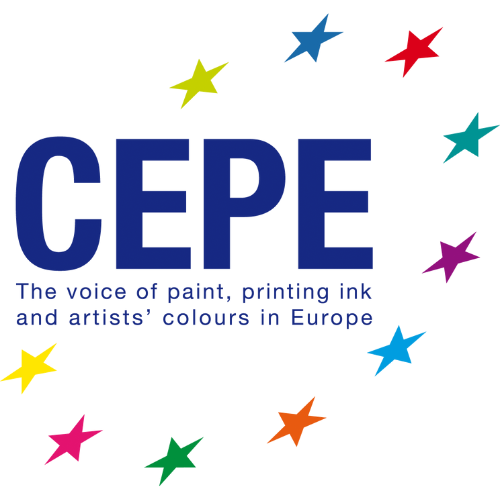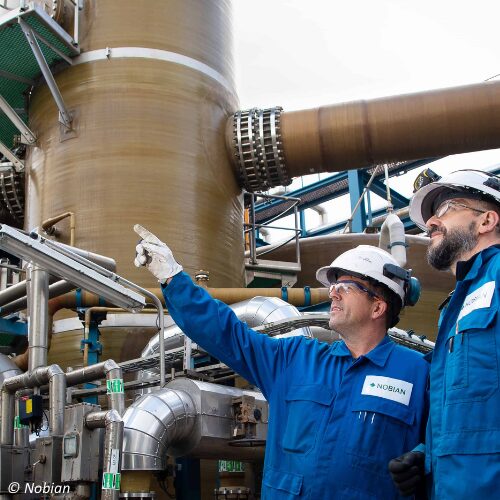Circular use of textiles & plastics
The coatings placed on plastics and textiles often limit their capacity to be recycled. DECOAT, a project funded by the EU Horizon 2020 research and innovation fund, set out to enable the circular use of coated textiles and plastic parts. This was to be achieved by the development of novel triggerable polymer material systems or advanced solving solutions which allow for the debonding of coatings from substrates alongside their corresponding recycling processes.
Ecomatters was one of 17 partners working on the DECOAT project over a period of four years. Our role within the project was to complete a Life Cycle Assessment of the debonding process and develop an Eco-design tool to help external parties assess the benefits of the debonding technologies.
Our work on the project comprised of three parts:
- A preliminary LCA study
- A full LCA study
- The development of an Eco-design tool
Preliminary LCA study
Our work as part of the DECOAT consortium began with the completion of a Preliminary LCA study. The purpose of this initial study was to analyse the potential DECOAT debonding technologies and identify the environmental hotspots within each product life cycle. Doing this would allow for a better understanding amongst research partners of how they could potentially make environmental improvements to their technologies.
During the first few DECOAT meetings, Ecomatters worked to raise awareness amongst partners of LCA, its methodology, and its goals. This included planning the multi-scenario modelling that would be required, including understanding the magnitude of the number of potential solutions and solving scenarios that would need to be assessed within the preliminary study. Data for this was then collected via means of a data questionnaire, with advice given to partners on how to approach the data collection process efficiently and effectively.
The preliminary LCA analysed the potential DECOAT debonding technologies and although the results showed that no scenario was off the table, they did help guide the partners’ decision-making by highlighting the environmental hotspots within each product life cycle.
Full LCA study
As the project developed, and the viability of the DECOAT technologies reached a Technology Readiness Level (TRL) of five, the full LCA study could commence. The first step of this was identifying the value chains that were to be studied. DECOAT partners identified the four most promising substrate and debonding combinations. These included one coated textile, one coated electronic cover part, and two coated automotive parts debonded with a thermally triggered primer or a chemical-based solvent solution. Ecomatters then developed several data collection questionnaires in which partners provided the most up-to-date information regarding each value chain. As the project had had time to develop, much of the new data provided could be taken from the pilot-line scale, as opposed to previously provided laboratory scale data.
The data provided was then used to complete four separate LCA models studying the difference in environmental impact between implementing the innovative debonding technologies and the current end-of-life scenarios for the studied use cases. The preliminary results were presented and discussed with the consortium members, with feedback taken onboard and implemented before the definitive results were presented. In addition to this, a further scenario analysis was implemented to help partners make more informed decisions on potential improvement strategies
Should the development of the DECOAT technologies continue beyond the project, these results can be used to guide decision-making and development in areas where environmental impact is deemed important.
Eco-design Tool
The final part of Ecomatters’ work for the DECOAT project was the development of an eco-design tool to help external parties identify the opportunities of the developed debonding technologies. Expert opinion was collected from a wide range of partners to provide input for the multi-criteria decision-making, with accommodations made for the uncertainties connected to the technologies in development.
The completed Eco-design tool is comprised of two parts; an online tool offering advice on the most suitable debonding technology depending on user input, and a second downloadable component which gives further detail on the environmental performance of each DECOAT debonding solution, as well as the possible challenges and opportunities in their circularity, safety, environmental, and economic performance. Throughout the development of the tool, partners were invited to test the tool and give feedback to ensure its practicality and value. The tool was then published online and is free to access on our website on the Eco-design tool page.
The Eco-design tool has been recognized by Innovation Radar as a smart and sustainable society innovation.
Insights for Ecomatters
As a research and innovation project spanning four years, DECOAT provided several opportunities for Ecomatters. The project allowed us to learn from the consortium partners, as well as apply and utilise our extensive experience. In Life Cycle Assessment, within a research environment, data is always subject to change, and we appreciated the close collaboration with a multidisciplinary group of partners. The project opened opportunities to further explore the concepts of eco-design and how to incorporate LCA analysis within that.
If you are interested in finding out more about the DECOAT project, you can do so at the designated DECOAT website. If you have any questions about Ecomatters role within the project, or would like to discuss working with us, you can contact us.
The DECOAT Project has received funding from the European Union’s Horizon 2020 Research and Innovation Programme under Grand Agreement No: 814505




